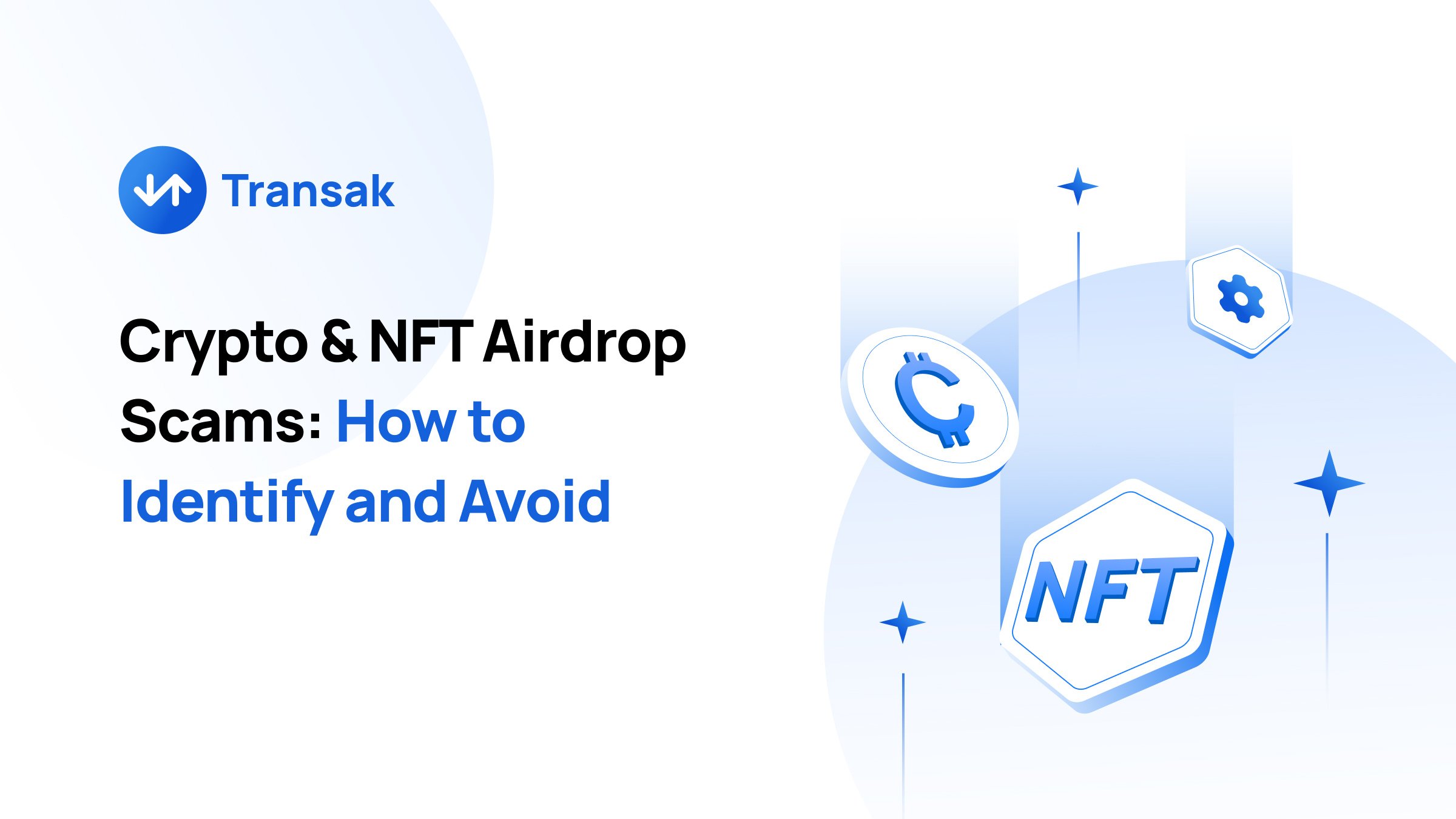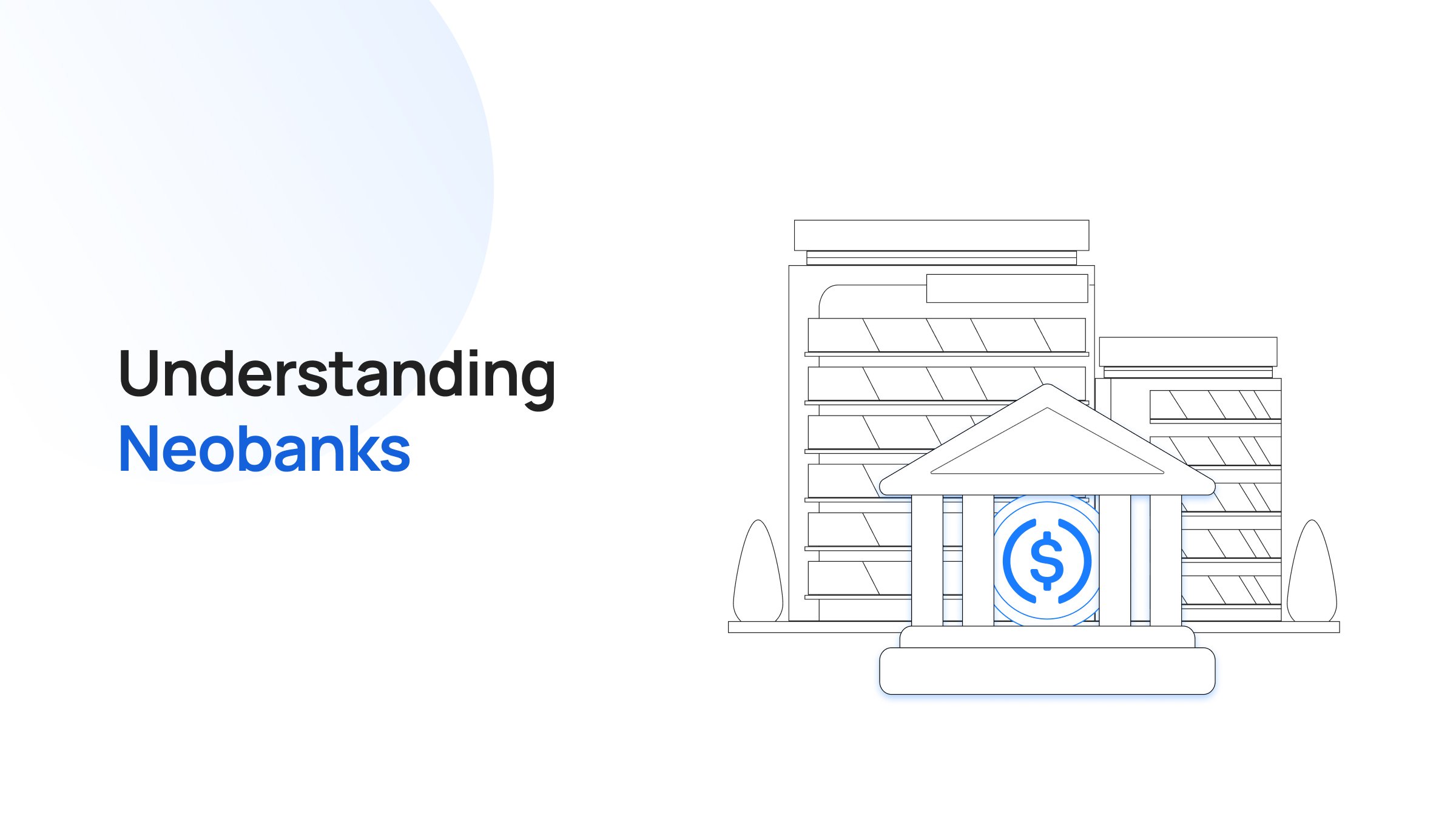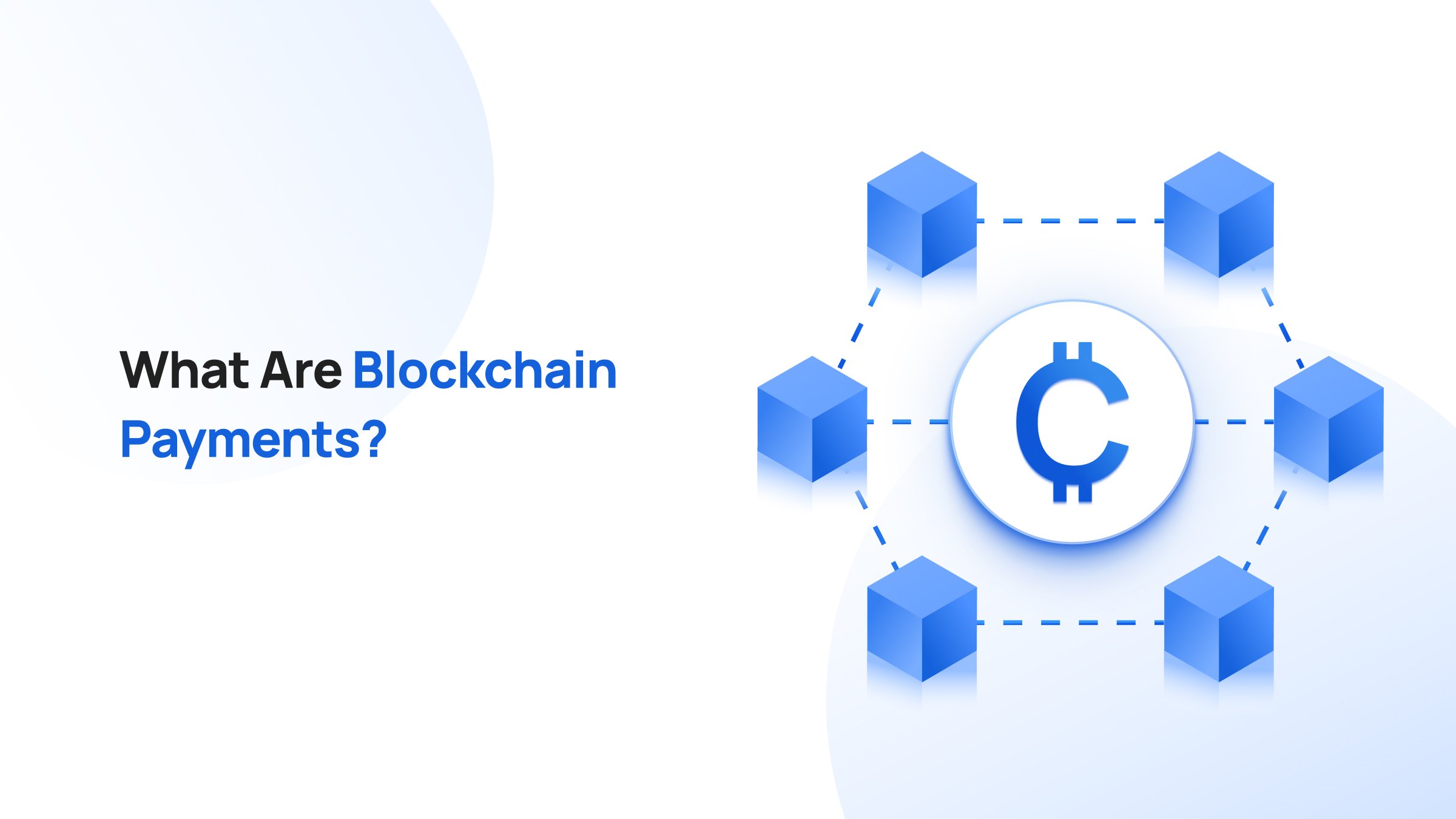
“Freebies” are often misused to scam people, and in the crypto space, airdrops serve as a similar tactic for scammers to steal assets by exploiting the victim's wallet address.
Now, with the coming of the bull run in late 2024 and 2025, we can expect to see an airdrop frenzy like we did in previous rallies.
Airdrops are undoubtedly one method of providing free crypto rewards, including NFTs, requiring minimal or no effort from the user's side. However, this benefit applies only to genuine airdrop projects and comes with risks, as fraudulent airdrops can target users with scams or malware.
The Polygon airdrop scam is one notable example of such an unfortunate event. In this case, scammers mimicked 1,354 fraudulent NFTs, resulting in a loss of more than $1.2 million. According to ScamSniffer's research, scammers targeted over 737K wallet addresses with fake airdrops of popular projects such as ApeCoin, Pepe, The Sandbox, and many others to deceive the victims.
In this article, we'll explore crypto airdrop scams in detail, how scammers execute such fraudulent activities, ways to prevent such scams, and some helpful tools to detect airdrop scams.
What Are Crypto Airdrop Scams?
Airdrop scams promise users free tokens to execute activities (malicious), often aimed at stealing users' crypto funds. These scams typically involve tricking users into clicking on malicious links, connecting wallet to fake dApps, or exposing sensitive wallet information.
Crypto airdrop scams mostly offer substantial token or NFT rewards, so scammers can misuse users' private keys or wallet credentials to steal their digital assets. They also hack genuine accounts and websites and impersonate popular projects to gain users' trust.
How Do Airdrop Scams Work?
Scammers keep evolving with time and constantly introduce new tactics to trick users into their trap. Typically, the common airdrop scam operates as follows:
- Airdrop Announcement: Scammers use popular social media platforms like X, Discord, Telegram, and others to announce and promote their fake airdrops, targeting crypto users.
- Phishing Link: Users eager to receive the airdrop are asked to click on a malicious link, leading them to a website designed to mimic a popular project's page for registration purposes.
- Data Theft: The site's fake registration form asks users to provide sensitive information, such as seed phrases or private keys, disguising it as part of the verification process.
- Emptying Assets: Once the scammers obtain sensitive wallet information, they swiftly transfer all the assets linked to the user's wallet address into their own, resulting in permanent loss of funds for the victim.
Types Of Crypto And NFT Airdrop Scams
Airdrops, when legitimate, are a way for crypto projects to distribute free tokens or NFTs to their community.
However, scammers exploit this concept to steal funds or sensitive information. Here are four common types of crypto and NFT airdrop scams:
- Phishing token and NFT airdrop scams
- Advance payment scams
- Fake NFT scams
- Dusting attacks
Phishing Token And NFT Airdrop Scams
Phishing airdrop scams are common, and scammers mimic popular projects' websites and social media accounts to gain users' attention and trust. Once the user's trust is gained, they ask users to register or fill out forms, including crypto wallet information, such as private keys, that allow scammers to access and steal their assets.
For instance, emails and social media posts were used for fake announcements in the name of 1inch offering airdrops worth $1,500. 1inch noticed this spam and posted on its social media accounts to create awareness among the community and requested to report and block those spammers.
How To Protect Yourself
- Verify authenticity: Always double-check the website and social media profiles of projects claiming to offer airdrops. Look for verified accounts or official communication from the project's website.
- Avoid sharing sensitive information: Legitimate projects will never ask for your private keys or seed phrases. If a form or website requests such information, it’s a scam.
- Use official links: Only use links provided by the project's official channels to access airdrop announcements.
- Enable Two-Factor Authentication (2FA): Protect your accounts with 2FA to add an extra layer of security against phishing attempts.
- Report and block scammers: If you encounter suspicious messages or websites, report them and block the sender to protect yourself and others.
Advance Payment Scams
The other fraudulent form of airdrop scams involves seeking advance payments in the form of tokens from the participants by selling them the dream of massive token returns. These payments are disguised to convince the victims that they are for transaction fees or wallet verification.
An example of this type of scam involved the misuse of SpaceX's name, featuring a fake AI-generated video of its founder, Elon Musk, promoting a fraudulent 5,000 BTC giveaway. In this scheme, users were promised an airdrop of 0.2 BTC in exchange for sending 0.1 BTC or more. For those sending over 10 BTC, the scammers falsely offered a 60% bonus, along with up to 20+ BTC as a reward.
How To Protect Yourself
- Question the requirement for advance payments: Be highly skeptical of any airdrop that requires you to send cryptocurrency upfront. Legitimate airdrops do not need you to pay to receive tokens.
- Research thoroughly: Before participating in any airdrop, research the project. Look for red flags like poor website quality, lack of verifiable team information, or no clear roadmap.
- Avoid high-pressure tactics: Scammers often use urgency to pressure you into making quick decisions. Take your time to verify any offer, especially if it promises high returns.
- Use reputable verification tools: Tools like Etherscan for Ethereum, Solscan for Solana, or similar explorers for other blockchains can help verify the authenticity of transactions and smart contracts.
- Be skeptical of unrealistic offers: Promises of massive token returns or bonuses are red flags. If it sounds too good to be true, it probably is.
- Ignore celebrity endorsements: Scammers often misuse celebrity names or deepfake videos. Treat such promotions with caution and rely on project announcements instead.
Fake NFT Scams
NFTs are one of the favorite tools that scammers use to target their victims. They employ methods such as creating duplicates of popular NFTs, offering valuable NFTs for free, and more. These fraudsters even go to extreme lengths, such as hacking a project's official website, social media accounts, or celebrity profiles to deceive users.
An example of such an extreme NFT scam involved hacking Vitalik Buterin's X account, where free NFT airdrops were offered as part of the scam along with a malicious link. In this scheme, a fake NFT collection was presented with a 24-hour deadline, resulting in a collective loss of around $700K in assets from victims.
How To Protect Yourself
- Verify NFT origins: Before interacting with any NFT, check its provenance on verified platforms like OpenSea or the official project’s website.
- Avoid links from suspicious sources: Do not click on links from unsolicited messages, hacked social media accounts, or unverified profiles.
- Stay updated on project news: Follow the official accounts of NFT projects to stay informed about scams and security breaches.
- Enable marketplace safety features: Use reputable marketplaces with built-in safety features, such as scam detection and flagged NFTs.
- Use a burner wallet: For experimental interactions, use a separate wallet with limited funds to reduce risk.
Dusting Attacks
Similar to how address poisoning attacks world, dusting attacks involve attackers sending minuscule amounts of cryptocurrency (dust) to a large number of wallets.
Scammers airdrop worthless or even malicious NFTs to a massive number of wallets. These NFTs might have eye-catching names or artwork to pique your curiosity.
These NFTs often have hidden smart contracts associated with them. These contracts can be designed to:
- Steal your assets: When you interact with the NFT (e.g., try to sell it, transfer it, or even view its details on a marketplace), you might unknowingly trigger the malicious smart contract, allowing the scammer to drain your wallet.
- Gain access to your wallet: Some contracts might try to trick you into approving access to your wallet, giving the scammer control over your funds.
- Install malware: In some cases, interacting with the NFT could lead to downloading malware onto your device.
Scammers rely on people's curiosity or the desire to get something for free. They hope you'll interact with the NFT without thinking about the potential risks.
How To Protect Yourself
- Do not interact with unknown NFTs: Avoid interacting with unsolicited NFTs in your wallet. Viewing, transferring, or selling them might trigger malicious smart contracts.
- Use wallet filters: Enable wallet settings to hide low-value or unknown tokens and NFTs from your portfolio view.
- Check transaction histories: Use blockchain explorers to analyze any suspicious token or NFT transactions.
- Use trusted wallets and marketplaces: Ensure that your wallet and connected platforms are reputable and have robust security features.
- Avoid approving unlimited access: Be cautious when approving access to your wallet. Always limit permissions and revoke access if necessary using tools like Etherscan or Revoke.cash.
Notable Examples of Airdrop Scams
Let's analyze some airdrop scams with the help of some examples:
Magic Eden NFT Airdrop Scam
Users received a fake 'Mystery Box' as an airdrop from Solana's top NFT marketplace, Magic Eden, as the initial step of an NFT airdrop scam. In this scam, users were also provided with a malicious link to claim their NFT reward, along with images copied from Magic Eden's original website to further convince them of its legitimacy.
Once the user clicks the provided link, all the SOL tokens stored at the connected wallet address are completely drained upon approval. Following this scam, Magic Eden published a blog post to inform its community that they don't distribute 'Mystery Box' through airdrops.
ApeCoin Airdrop Scam
Scammers have created a fake website that mimics the original ApeCoin website. The intention is to drain crypto assets by offering token airdrops. On this fake site, visitors are prompted to connect their wallets to claim APE, the governance and utility token of the ApeCoin ecosystem.
The fake website also lists numerous supported wallets, allowing the fraudsters to target a wide range of users. Visiting these spam websites can lead to malware infections, loss of private keys or seed phrases, and, ultimately, the theft of funds from victims' wallet addresses.
How To Protect Crypto Assets From Airdrop Scams?
Earlier, we discussed different ways to protect yourself from specific types of airdrop scams. Here are four general precautionary tips to safeguard yourself from airdrop scams.
1. Conduct Extensive Research
The lack of research on airdrop projects is one of the main reasons for financial loss and potential scams. Before clicking any links or participating in any token or NFT airdrop, users must ensure to conduct at least some research on the source of the announcement, objective, and more.
Users can also double-check the website with the original one or paste it into free online spam checkers to rule out the possibility of scam airdrops.
2. Preserving Private Information
No matter how lucrative the crypto airdrop rewards may seem, individuals should never share their private keys, passwords, or seed phrases related to their wallets. If an airdrop requires this information, it is a clear indication of a scam.
Legitimate airdrops never ask for such sensitive information from users, and this request can be considered a primary red flag to avoid falling victim to scams.
3. Use Separate Wallets
It's recommended to use multiple separate wallets instead of relying solely on a main wallet containing valuable crypto assets to minimize the risk of scams and hacks when receiving airdrops. For added security, consider using a burner wallet that can be discarded after a single use, limiting potential vulnerabilities.
Even in the worst-case scenario of encountering scammers while using a separate, empty wallet, the potential loss is restricted to the wallet itself, preventing any loss of valuable assets.
4. Verify Authenticity
Before participating in any airdrops, verify the legitimacy of such initiatives by checking the project's official platforms and online forums. This cross-verification helps users avoid scams that are usually executed by hacking one of the social media accounts.
In case of doubt, it is advisable to inquire about the airdrop announcement in official community groups or with customer support, if available, to eliminate the possibility of entering into any scams.
Tools to Check Airdrop Scams
These tools don't guarantee the detection of all airdrop scams, as new schemes keep emerging, but they can help to detect major existing ones.
- Token Sniffer: Users can enter the available details of wallet addresses or received NFTs to check the possibility of a potential scam.
- Chainabuse: Provides dedicated sections based on phishing scams, such as NFT airdrop scams, with close to 700K scam reports from over 330K wallet addresses and 600K URLs.
- QuillCheck: Allows the evaluation of tokens on major chains like Ethereum, BSC, Polygon, Base, and Solana.
- NonFungible: Offers extensive details of NFT projects with detailed historical sales to stay away from fake NFT airdrops.
Conclusion
The allure of "free" in the crypto world often blinds users to the risks lurking behind flashy promises. Airdrop scams highlight a fundamental truth about digital finance: vigilance is not optional but essential.
These scams are a reminder that the decentralized nature of crypto is both its greatest strength and its most significant vulnerability, placing the responsibility for security squarely on users.
To thrive in this ecosystem, users must shift their mindset from merely reacting to scams to actively fortifying their defenses.
By taking proactive steps — researching thoroughly, isolating assets in separate wallets, and engaging in informed communities — we move from passive participants into empowered stewards of our digital assets.
Buy Crypto With Transak Securely
Transak provides a safe and seamless way to purchase crypto and NFTs, eliminating the risks associated with scams and malicious actors. By partnering with verified projects and adhering to strict compliance standards like SOC 2 and ISO/IEC 27001, Transak ensures secure transactions.
With a fully compliant infrastructure, users can confidently explore web3 while keeping their assets protected. Whether you’re buying crypto or NFTs, Transak makes security and simplicity its top priorities.
{{cta('d25a7bcb-a2ba-4022-a930-60e05fea2aad','justifycenter')}}Steps to Buy Crypto And NFTs Safely on Transak
- Visit Trusted Platforms: Access Transak via the official website or through integrations on reputable dApps and NFT marketplaces.
- Choose Your Payment Method: Pay using local methods like credit/debit cards, bank transfers, Google Pay, or Apple Pay.
- Authenticate Transactions: Complete the required verification steps to ensure safe and compliant transactions.
- Receive Assets Directly: Once your purchase is complete, the crypto or NFT is delivered directly to your wallet without any intermediary risks.





